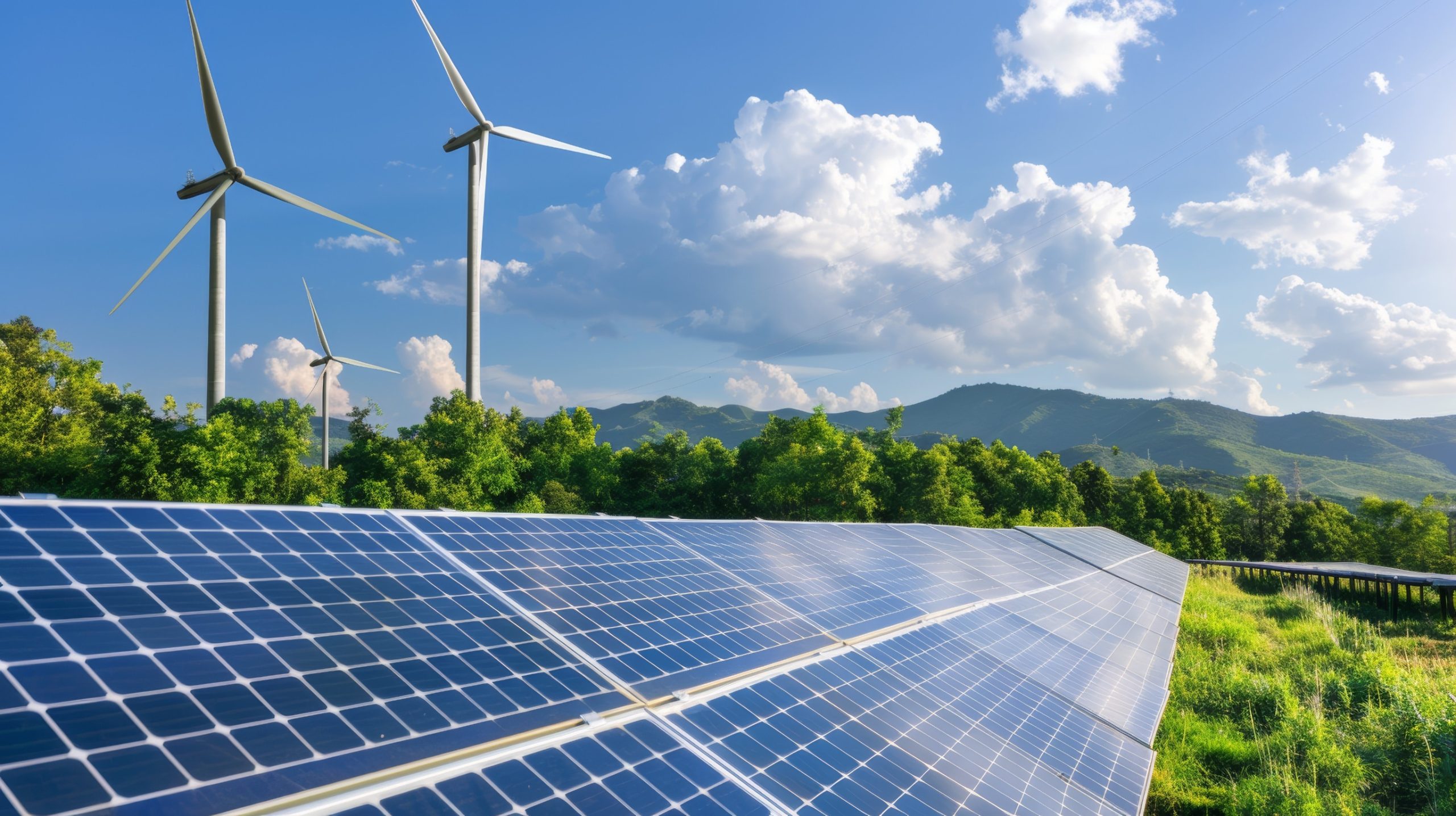Located just outside of Los Angeles, the Morro Bay power plant had been in use since the 1950s. It created jobs and a community in an otherwise barren environment, but was recently shut down due to the growing number of environmental standards. One of these standards, the California Renewables Portfolio Standard (RPS) wants to have at least 33% of the state’s electricity stem from renewable sources like wind, wave, and solar power by 2020. Researchers are learning that wave and tidal energy might be the best way to achieve this goal.
Oceans cover 70 percent of the Earth, and harnessing their energy comes without much effort. According to the National Renewable Energy Laboratory (NREL), a 12 mph wave can produce just as much energy as a 110 mph gust of wind. Wave energy comes from devices floating on the ocean’s surface or floor; tides also create energy when they change. With half of the American population living near a coast, finding a way to use tides to create electricity isn’t a bad idea.
Wave and tidal energy, or hydropower, has many advantages when compared to wind and solar power. Hydropower energy sources are constant, predictable, and affordable –the cost of maintaining hydropower is often lower than that of wind power. Additionally, hydropower devices don’t take up as much space as windmills do.
Predicting the amount of wind and sun a day will produce can be difficult, so large battery banks are required to store energy produced by windmills and solar panels for nighttime or when there is no wind. Hydropower devices don’t require a very large battery bank due to the constant flow of water.
New ways of extracting energy from the ocean’s waves are introduced regularly. Companies like Ocean Power Technologies based out of New Jersey have created a buoy that bounces up and down with the ocean’s waves. The mechanical movement of the buoy creates energy, which is transmitted through an underwater power cable back to the mainland where it is converted to electricity.
Another hydropower company, Voith from the UK, has created a wave power station that uses a chamber where waves filter in an out. This movement allows for air to pass in and out of the hole at the top of the chamber. This air powers a turbine, which then powers a generator to create energy. Watch a computer generated mock–up of the turbine.
The ocean is a harsh environment and researchers are still trying to figure out the most efficient way of collecting hydropower. Research is also being done on the environmental impact of hydropower mechanisms.
Read more about the growing tidal and wave energy technologies.
Need more stories of organic environmental impacts? Become a member or sign up for a free issue.












